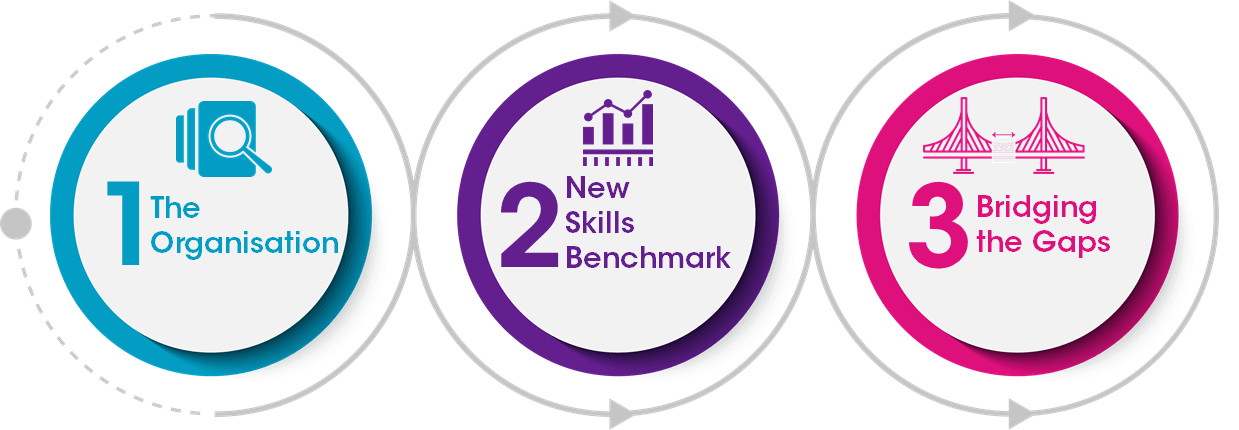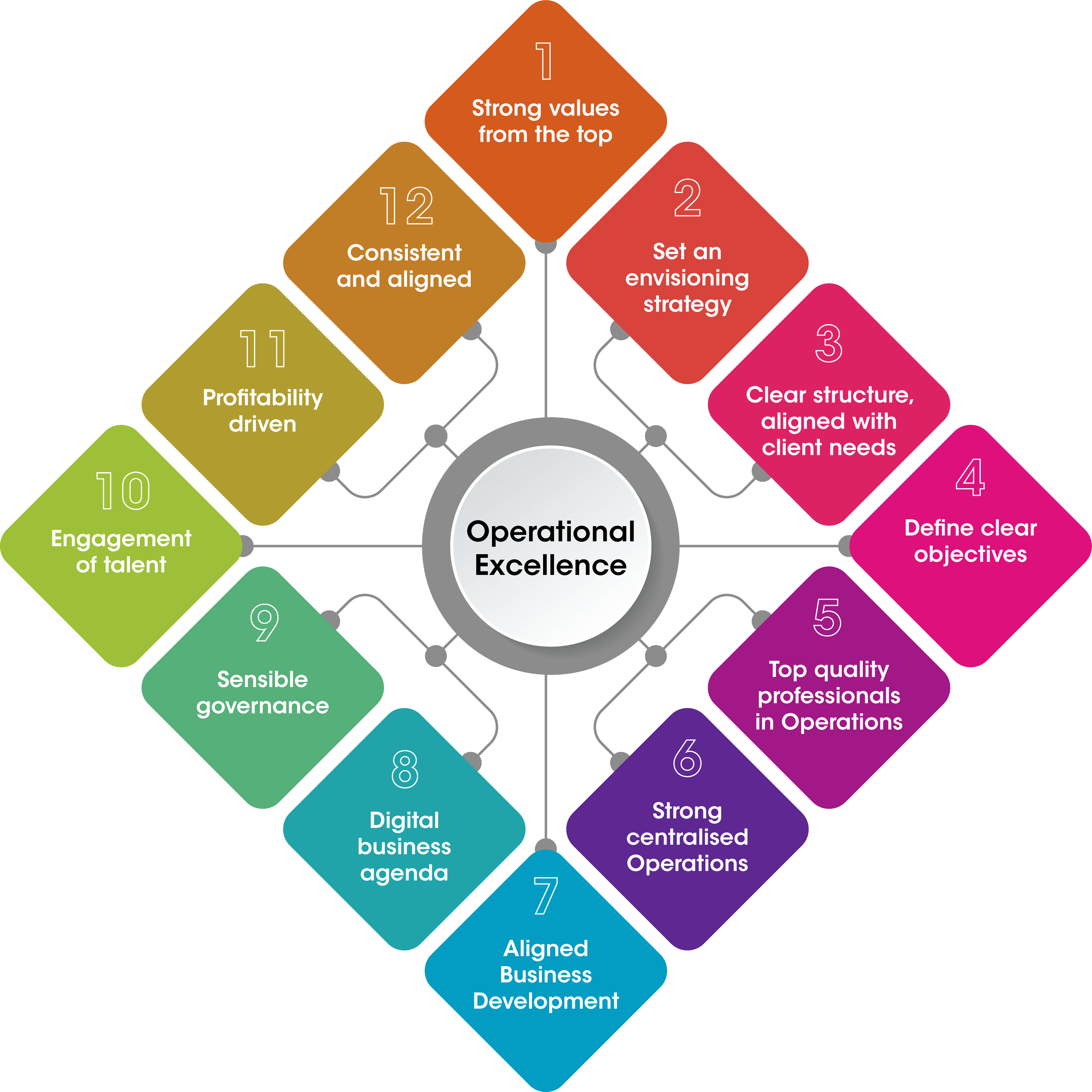In this series of posts we explore how the Covid-19 pandemic has changed our working landscape, what the implications are, and the new challenges we now face in the business world. 2020 has been a peculiar year for all of us. It has changed the way we live, socialise and work. We’ve all had to adapt and change the way we interact with our customers and clients, how we approach meetings and also the way in which our interactions take place just to name a few! Here at Bigrock we have likened the Covid-19 pandemic to a Bolide impact. For those of you who are familiar with this terminology, you will immediately be able to draw connections between the two and know exactly where we’re coming from with this likeness. For the rest of us, a Bolide in geological terms indicates a very large asteroid or fireball, that creates a large crater upon impact. The similarities between a Bolide and the pandemic are quite astounding; both come out of nowhere, they cause huge and obvious impact, neither can be ignored and things are never quite the same afterwards, it creates a new environment where those who adapt will survive and thrive, and those who do not….will struggle at best. But exactly what impact has this had on your business? We’re going to take you through a process we are guiding some of our best clients through to establish what effect the Covid-19 pandemic has had on their businesses and to set out a plan for the future.

It all starts with Step 1 – To fully understand the current situation within your business.

- Proposition suitability
- Operating model effectiveness
- Cost base requirements
- Distribution channels required
- Pricing demands
- Competition & new entrants
- Working patterns and flexible working strategy
- New opportunities opened up
- New efficiencies available
- New culture imperatives
- New momentum and energy

